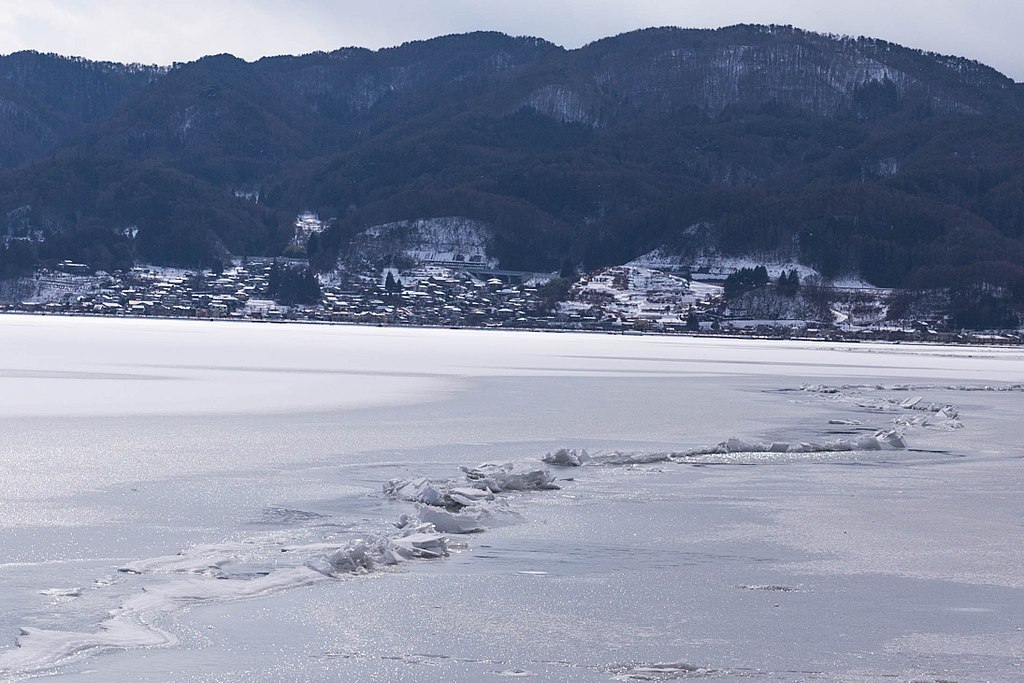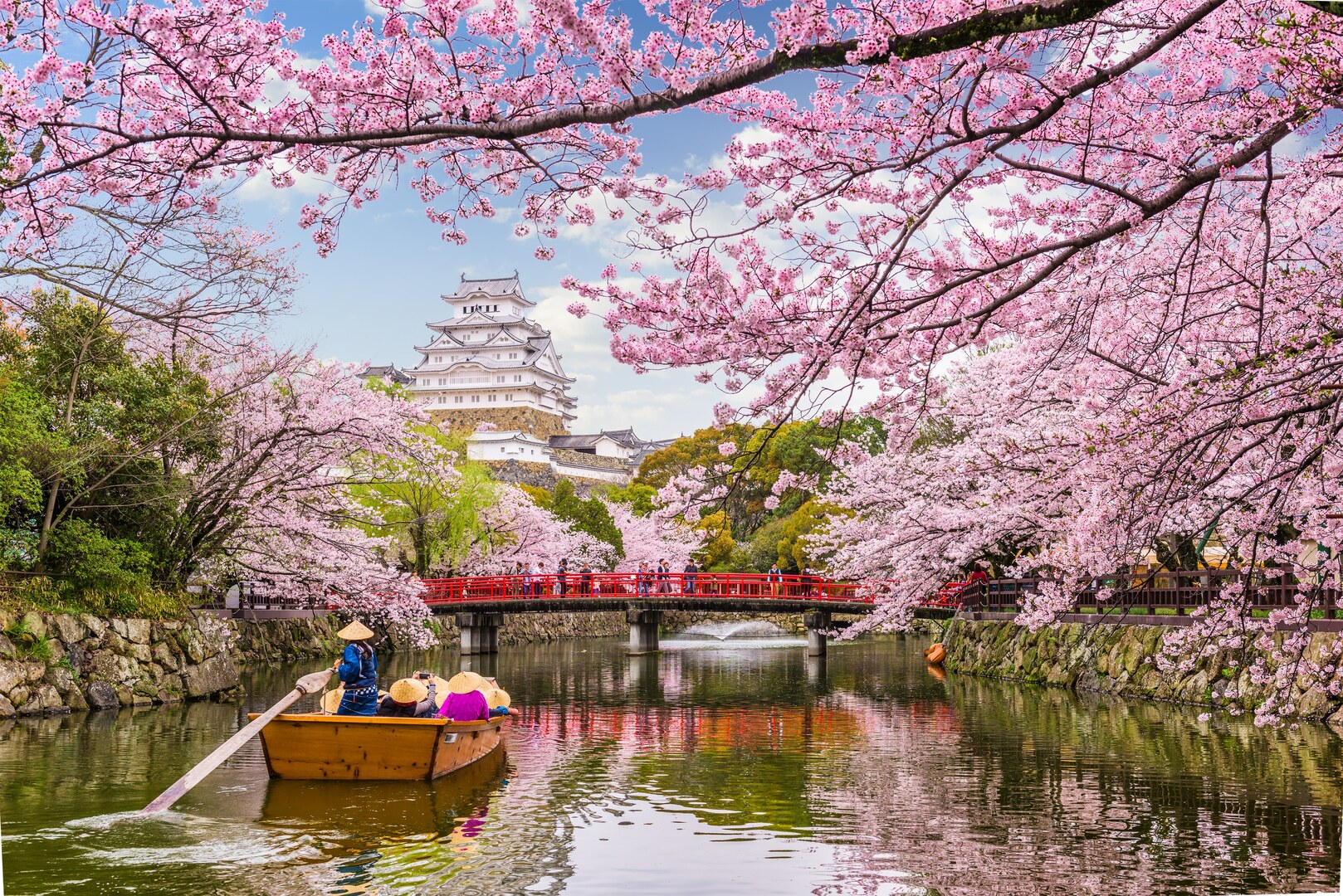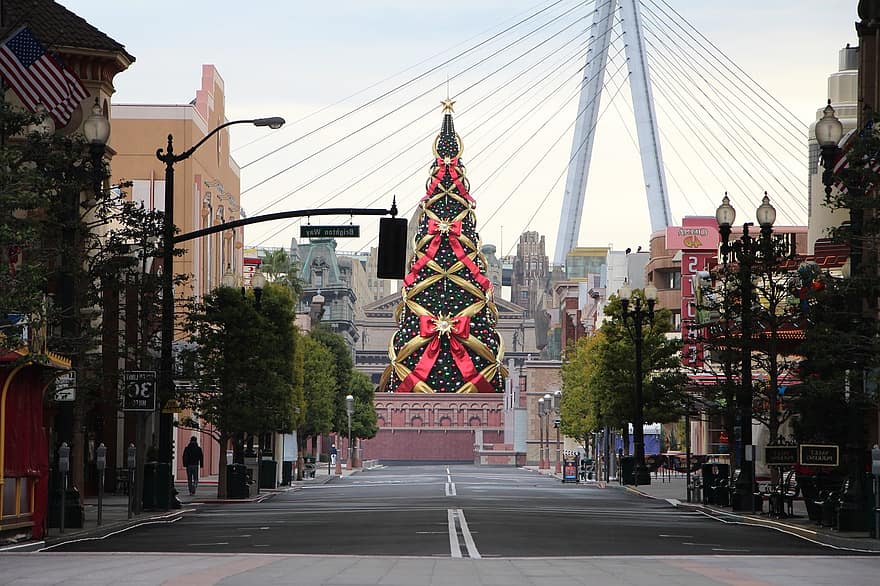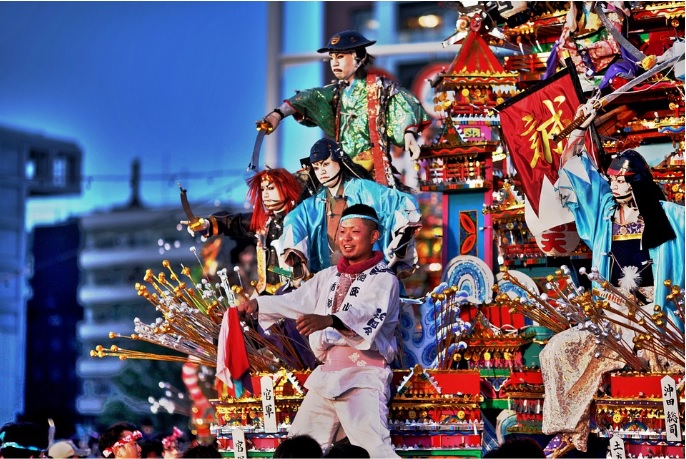
A video went viral recently as a tranquil scenery is disturbed by continuous loud, cracking sounds and incredulous shouts of awe. The video is captured by a netizen witnessing the rare event called by the Japanese as “God’s Crossing” in Lake Suwa, Nagano Prefecture.
Also known as the ‘Suwa-ko,’ it is Japan’s 24th largest lake, but that’s probably not the reason why you think its sounds familiar. It is because the lake was used as part of the setting of popular works like Autobiography of a Geisha, Kagemusha, Rurouni Kenshin and Blood-C. The most notable is Kimi no Na Wa’s reference to the lake as the heroine’s hometown, majorly boosting the lake’s tourism. The undisturbed blue of the lake and its breathtaking sight makes it the perfect place for stories to unfold.
On the other hand, the lake’s fame is not just a result of pop culture references. A curious natural event called the ‘Omiwatari’ occurs in the lake. So what is it and how does it happen?
Omiwatari

Photo by: z tanuki. Licensed under Creative Commons.
During winter, the surface of the Suwa-ko freezes. Due to the presence of a natural hot spring underneath its waters, an interesting phenomenon called the ‘Omiwatari’ occurs as the forces of nature clash underground. The result of the pressure then displays as large fissures forming on the surface of the lake. The appearance of the ice ridge is known to be the ‘God’s Crossing’. The natural wonder is a sign of extreme winter, the loud shattering of ice in an almost single line, the sound aptly called ‘Ice Thunder’, relates to many legends in the old days.
Folklore
The Suwa Taisha Grand Shrine is located in the shores of Lake Suwa. Consisting of 4 shrines, the Suwa Taisha’s main kami is the guardian god Tateminakata-no-Mikoto. The local Shinto tradition believes the ridges to be omen of good luck for the coming year, as it is said to be formed when the gods cross the lake to travel to the Suwa Grand Shrines. According to folklore, the ‘path’ is the trail of the guardian god of Suwa as he departs to meet his wife on the opposite shore. Tateminakata-no-Mikoto is said to walk on the frozen lake from the Upper Shrine to the Lower Shrine, where the goddess Yasakatome-no-kami resides.
By comparing the crack’s appearance to the previous years’, priests also perform rituals to foresee the year’s ‘weather’, predicting the condition of harvest and economy. For the locals, the Omiwatari is also a sign of safety in ice fishing. The ridgelines indicate that it is safe to cross the frozen lake. With the Omiwatari’s presence declining, it is believed to be a sign of bad luck. So why has it not been appearing?
Winter is Coming…
But Omiwatari is not. In the recent years, the phenomenon has become increasingly rare, believed to be an effect of climate change. The occurrence has been a source of faith, but as global warming continues to intensify the temperature, it may even destroy the tradition as it is observed that the Lake Suwa exhibited an extreme change, consistent with the rapid change of the ice duration.
The continuous decline of the Omiwatari is evidence that global warming is affecting our lives. The earlier the ice break up and the later the ice freeze, it is not an exaggeration that the natural wonder is in danger, as the height of the ice ridge lessens each year. Without proper action taken, the Omiwatari may soon reach its end, along with the legacy of the local culture.
Banner Photo by: Kzu06. Licensed under Creative Commons.
Sources





